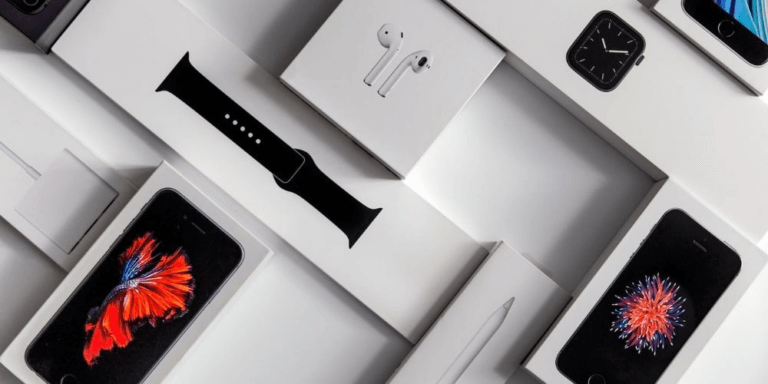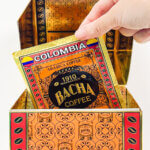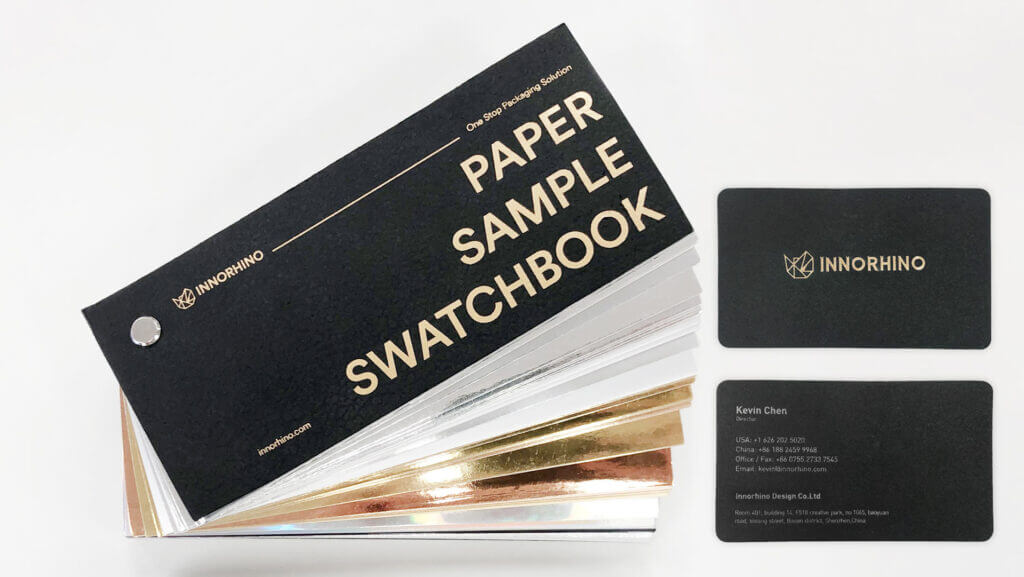In today’s competitive landscape, businesses are constantly exploring ways to reduce expenses while enhancing product quality. One area often overlooked for potential savings is packaging design. Thoughtful, efficient packaging not only bolsters brand image but also drives substantial long-term cost savings. This guide highlights how intelligent packaging strategies translate into enduring cost benefits, backed by real-world brand examples.
- Material Optimization for Cost Efficiency
- Boosting Transportation and Storage Efficiency
- Reducing Damage and Associated Costs
- Improving Production Efficiency
- Ensuring Regulatory Compliance
- Enhancing Brand Loyalty and Cutting Marketing Costs
- Reducing Environmental Impact and Waste
- Simplifying the Supply Chain for Added Savings
- Improving Customer Experience
- Conclusion
Material Optimization for Cost Efficiency
1. Minimizing Material Usage
Reducing material use without sacrificing product protection is key to cutting raw material costs and minimizing environmental impact. Companies that optimize packaging with less material save money while appealing to eco-conscious consumers.
Case Study: Coca-Cola’s Light-weighting Initiative
By light-weighting its PET bottles, Coca-Cola reduced plastic usage by up to 25%, realizing significant material savings and lowering its carbon footprint.
2. Using Sustainable Materials
Switching to recyclable or biodegradable packaging materials can lead to cost savings and cater to green consumers.
Case Study: Dell’s Eco-Friendly Packaging
video: The business case for more sustainable packaging
Dell introduced bamboo and mushroom-based packaging materials, achieving cost efficiency while enhancing its environmental credentials and customer appeal.
Boosting Transportation and Storage Efficiency
1. Optimizing Space
Compact, stackable packaging maximizes shipping capacity and reduces storage costs, saving resources across the supply chain.
Case Study: IKEA’s Flat-Pack Packaging
IKEA’s flat-pack design allows products to be shipped disassembled, reducing shipping volume and expenses, which translates into competitive pricing for customers.
2. Weight Reduction for Lower Shipping Costs
Lighter packaging significantly lowers shipping costs, especially in e-commerce, where weight directly impacts pricing.
Case Study: Procter & Gamble’s Concentrated Detergents
P&G’s concentrated detergent formulas enabled smaller, lighter bottles, decreasing transportation costs and boosting consumer convenience.
Reducing Damage and Associated Costs
Enhancing Product Protection
Sturdy packaging reduces damage during transit, minimizing costs from returns and replacements.
Case Study: Amazon’s Frustration-Free Packaging
Amazon’s frustration-free packaging reduces product damage and waste, cutting return costs while improving customer satisfaction.
Improving Production Efficiency
Simplified Packaging Assembly
Packaging that’s easy to assemble reduces labor costs and speeds up the process.
Case Study: Simplified Packaging for Lipton Tea

Unilever redesigned Lipton Tea’s packaging to be more straightforward and easier to assemble. This change streamlined the packaging process and lowered labor costs.
Ensuring Regulatory Compliance
Avoiding Fines and Facilitating Market Entry
Compliant packaging avoids legal fines and eases market expansion, saving on potential regulatory costs.
Case Study: Nestlé’s Clear Labeling Initiative

Nestlé updated its packaging to include clear and compliant nutritional information across all markets. This proactive approach prevented regulatory issues and enhanced consumer trust.
Enhancing Brand Loyalty and Cutting Marketing Costs
Strengthening Brand Image
Effective packaging improves brand loyalty and reduces customer retention costs by creating a positive brand image.
Case Study: Apple’s Minimalist Packaging

Apple’s sleek and minimalist packaging design has become a part of its brand identity. The packaging’s appeal reduces the need for extensive marketing campaigns to retain customers.
Reducing Environmental Impact and Waste
Lowering Waste Management Expenses
Minimizing packaging waste decreases disposal costs, enhancing a brand’s environmental image.
Case Study: Tesco’s Packaging Reduction
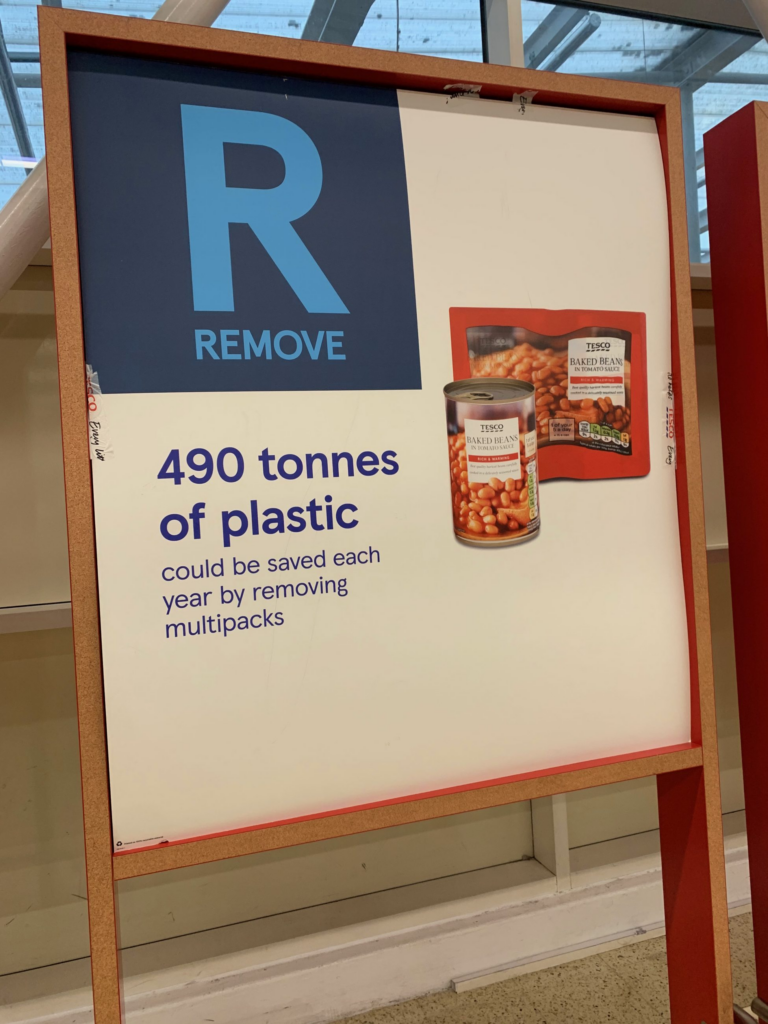
Tesco’s waste reduction efforts lowered disposal expenses while reinforcing its commitment to sustainability.
Simplifying the Supply Chain for Added Savings
Standardizing Packaging Components
Using standardized packaging components streamlines inventory and reduces procurement costs.
Case Study: Coca-Cola’s Standardized Bottle Design

By standardizing bottle designs, Coca-Cola reduced packaging costs and optimized its supply chain.
Improving Customer Experience
1. Enhancing Usability
Packaging that’s easy to open and handle enhances customer satisfaction, potentially increasing repeat purchases.
Case Study: Easy-Open Packaging by Kimberly-Clark
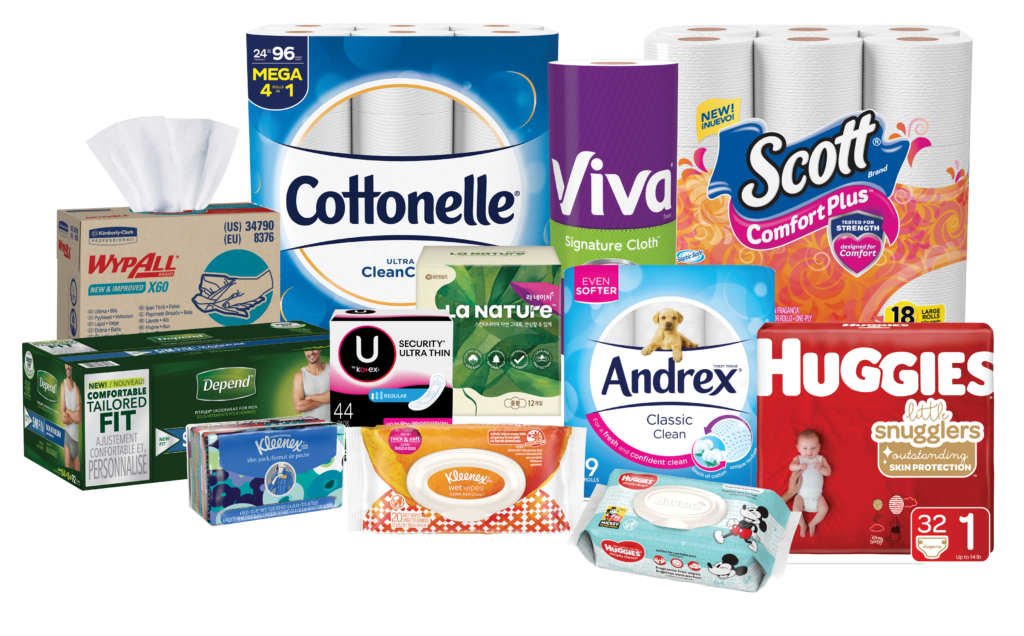
Kimberly-Clark introduced easy-open packaging for its Huggies brand, improving the consumer experience and boosting brand loyalty.
2. Reusability and Multi-Functionality
Packaging that’s reusable adds customer value without extra costs.
Case Study: Nutella’s Reusable Glass Jars
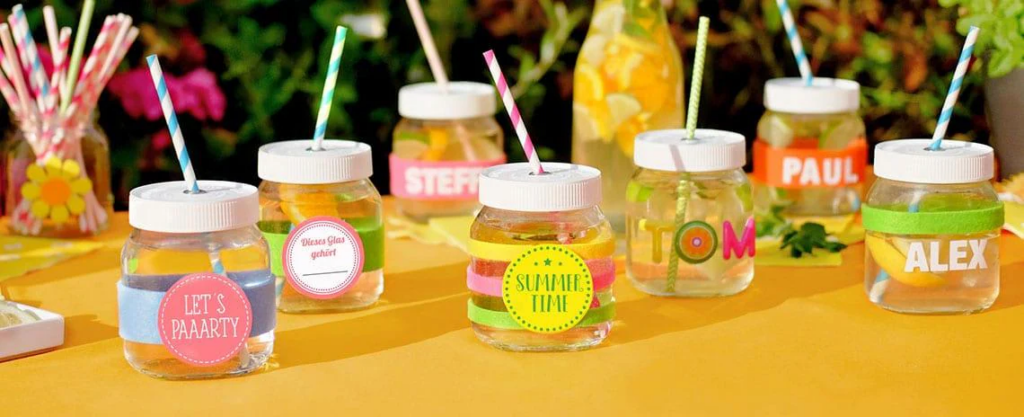
Nutella’s glass jars double as drinking glasses, adding value for customers and strengthening brand identity.
Conclusion
Investing in good packaging design offers substantial long-term savings. From optimized material use to improved customer experiences, smart packaging benefits numerous aspects of a business. Industry leaders like Coca-Cola, IKEA, and Apple exemplify how strategic packaging design can drive cost efficiency and strengthen brand value.
By prioritizing packaging innovation, businesses can reduce expenses, enhance customer satisfaction, and secure a competitive advantage. Optimizing packaging isn’t merely a short-term cost-saving measure—it’s a step toward a sustainable, profitable future.

